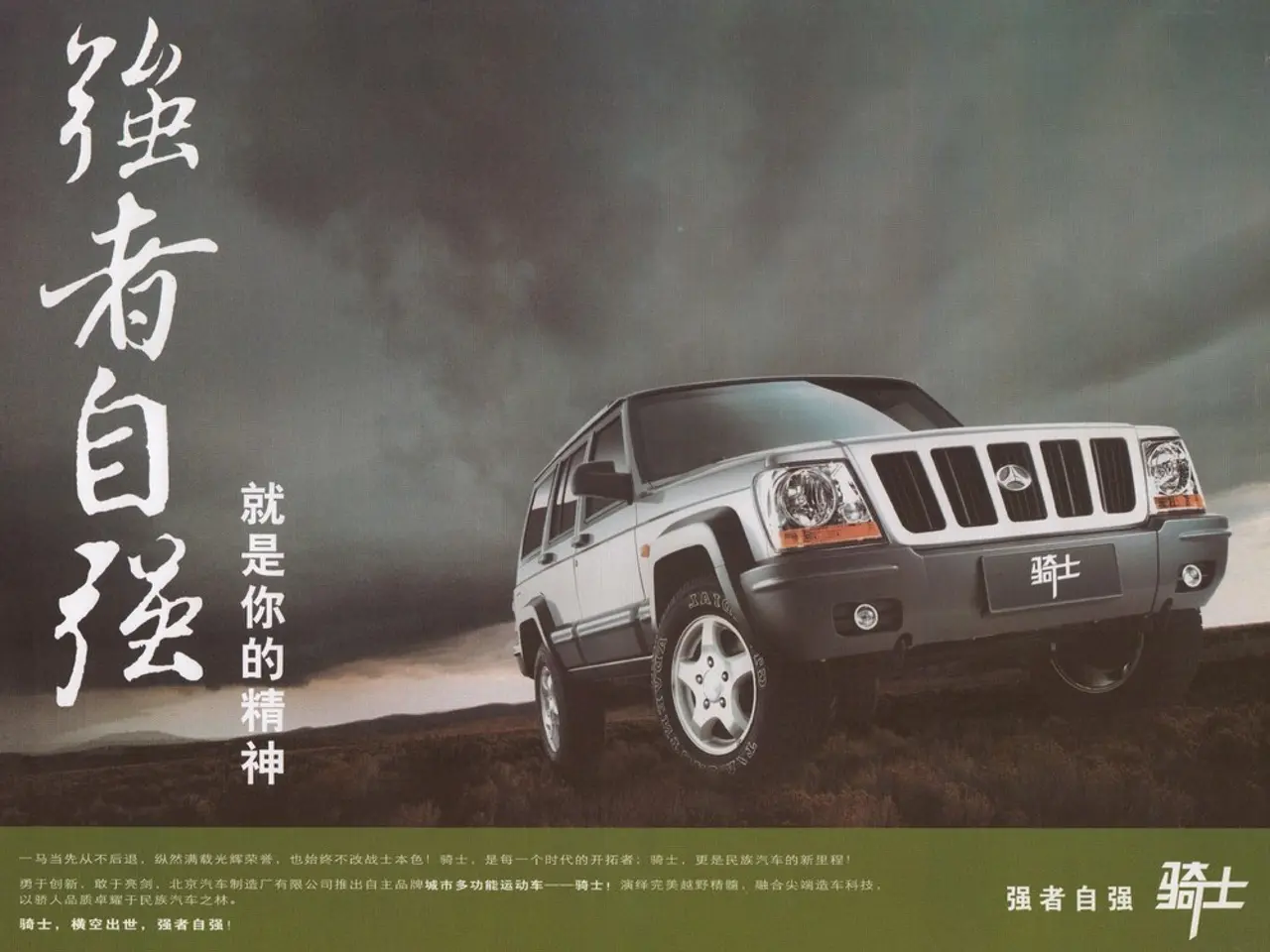A Chinese corporation readies a swarm of 10,000 satellites for launch.
In a move that raises questions about the sustainability and management of outer space, Chinese company Hongqing Technology plans to add 10,000 more satellites to the existing 5,000 operational satellites of SpaceX's Starlink constellation. This ambitious project, named Honghu-3, joins SpaceX's ongoing Starlink constellation in the market for satellite constellations.
Hongqing Technology's venture is part of a broader initiative by the Shanghai government to foster a robust commercial space ecosystem. The company holds a 48% stake in Landspace, a young rocket builder based in Beijing, which may potentially contribute to the launch of the Honghu-3 satellites.
The planned satellite constellation is intended for low Earth orbit and will be distributed over 160 orbital planes. The first batches of satellites in the Honghu-3 constellation are expected to be launched in the coming months. However, concerns about potential interference with other satellite systems due to the large number of satellites involved persist.
Current regulations and guidelines for managing and preventing congestion in low Earth orbit (LEO) due to increasing satellite constellations such as Starlink and Honghu-3 center on enhanced space traffic management, mandatory onboard propulsion for collision avoidance, active debris mitigation, and fostering international cooperation through non-binding frameworks and technological initiatives.
One such initiative is the European Commission’s EU Space Act, a comprehensive regulatory proposal aimed at unifying legal frameworks across EU states, focusing on safety, resilience, and sustainability. It mandates spacecraft operating above 400 km altitude to have onboard propulsion systems to enable active collision avoidance and align with international debris mitigation norms.
The European Space Agency’s (ESA) Collision Risk Estimation and Automated Mitigation (CREAM) system is another example of advanced automated traffic management. This system automates collision risk assessment, maneuver planning, and stakeholder coordination, streamlining decision-making and reducing operator workload.
While non-binding, the Zero Debris Charter, endorsed by over 180 organizations including 20 states as of mid-2025, promotes prevention, active debris removal, risk mitigation at satellite end-of-life, and transparency in space traffic management. It encourages technological innovation to reduce debris, as exemplified by constellations like UNIVITY designed for rapid natural disintegration post-mission.
Despite these efforts, calls for updated global governance are widespread. Existing treaties from the 1960s-70s are deemed insufficient to address the current landscape dominated by private mega-constellations and new national actors. There is concern over collision risks, spectrum congestion, and the potential for orbital overcrowding to escalate into an uncontrolled “winner-takes-all” scenario without binding international traffic laws.
Experts emphasize the need for a combination of technical debris removal and robust legal frameworks to prevent catastrophic collisions amid growing megaconstellations. ESA has committed to launching no satellites post-2030 that pose an uncontrolled debris generation risk. However, substantial challenges remain in international consensus and enforcement to sustainably manage the increasingly crowded low Earth orbit.
The launch of the Honghu-3 satellite constellation, like the ongoing deployment of Starlink, raises concerns about the sustainability and management of outer space due to the risk of collisions and the creation of additional space debris. While these concerns are valid, the development of advanced technologies and international cooperation is crucial in navigating this complex and rapidly evolving landscape.
- The development of science and technology in space, as demonstrated by ventures like SpaceX's Starlink and Hongqing Technology's Honghu-3, requires a focus on sustainability to mitigate risks of collisions and space debris.
- The advancement of space traffic management technologies, such as the European Space Agency's Collision Risk Estimation and Automated Mitigation (CREAM) system, is crucial in managing the increasing number of satellite constellations like Starlink and Honghu-3.
- The growth of commercial space ecosystems, as seen with Hongqing Technology's Honghu-3 project, necessitates updated global governance to ensure compliance with sustainable practices in space exploration and satellite management.




